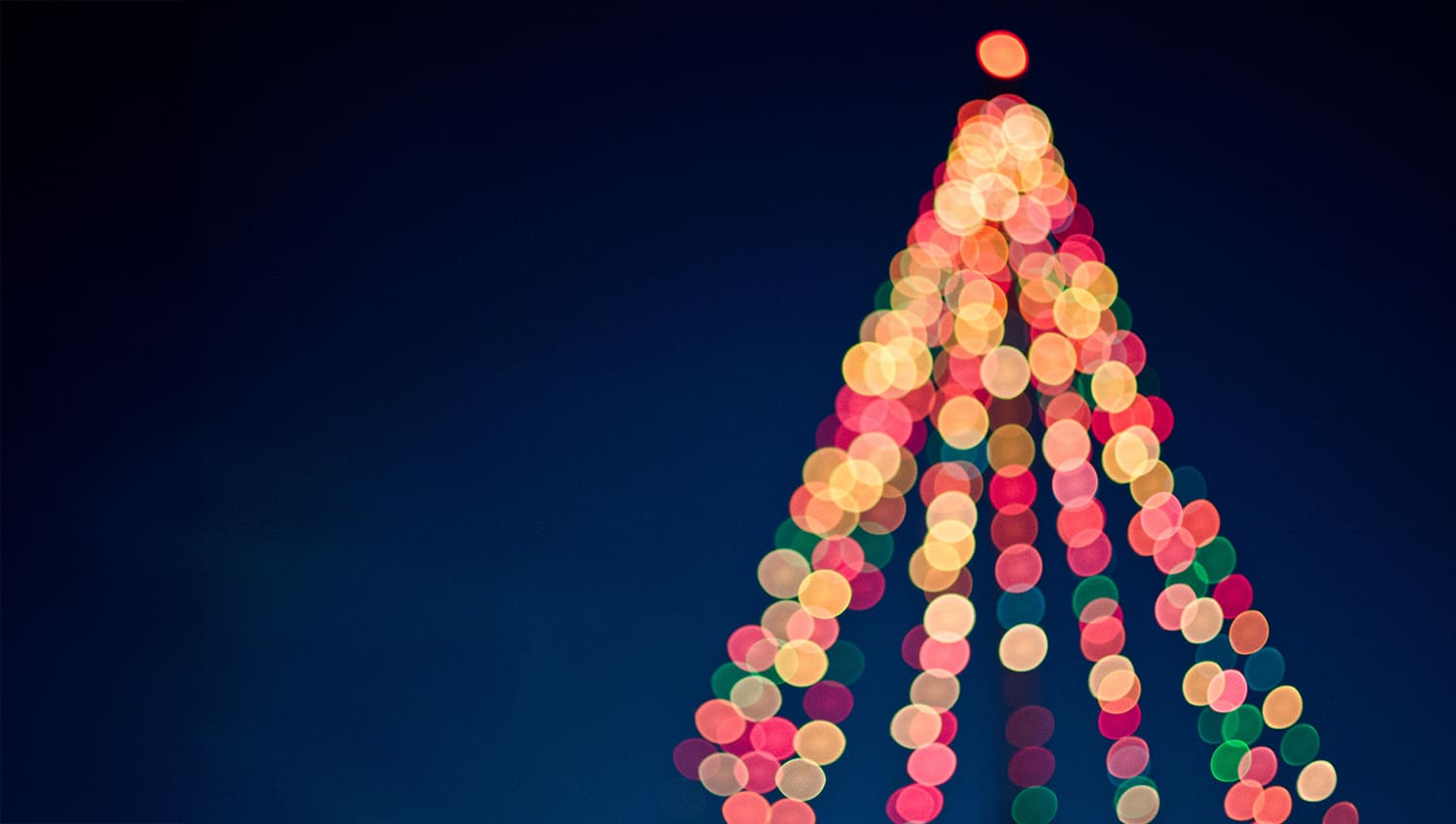Since the beginning of time, mankind has regarded death with a sense of awe, fear and uncertainty. Some cultures have developed beliefs, rites and traditions to praise, honor, mock and even deter death. One of Mexico’s most popular traditions, one that has transcended frontiers due to its cultural diversity, is the Day of the Dead, a celebration that takes place November 1 and 2, in which people pray for and remember friends and family members who have died, to help support their spiritual journey. But what is this ancient tradition all about?
A Bit of History
Mexico’s indigenous people have celebrated death as a duality of life, part of the natural cycle, since pre-Hispanic times. Archaeological excavations have found proof of such celebrations in several ethnicities, such as the Aztecs, Maya, Purépecha, Nahuas and Totonac. Upon the arrival of the Spanish conquistadors, these rites fused with Catholicism, resulting in the Day of the Dead.
How It Is Celebrated
During the first two days of November, Mexicans honor their deceased by visiting their graves, tending them and adorning them with flowers, and praying. At home, the symbolic visit of the deceased is anticipated and encouraged by setting up an altar or shrine with the deceased’s favorite foods and beverages.



